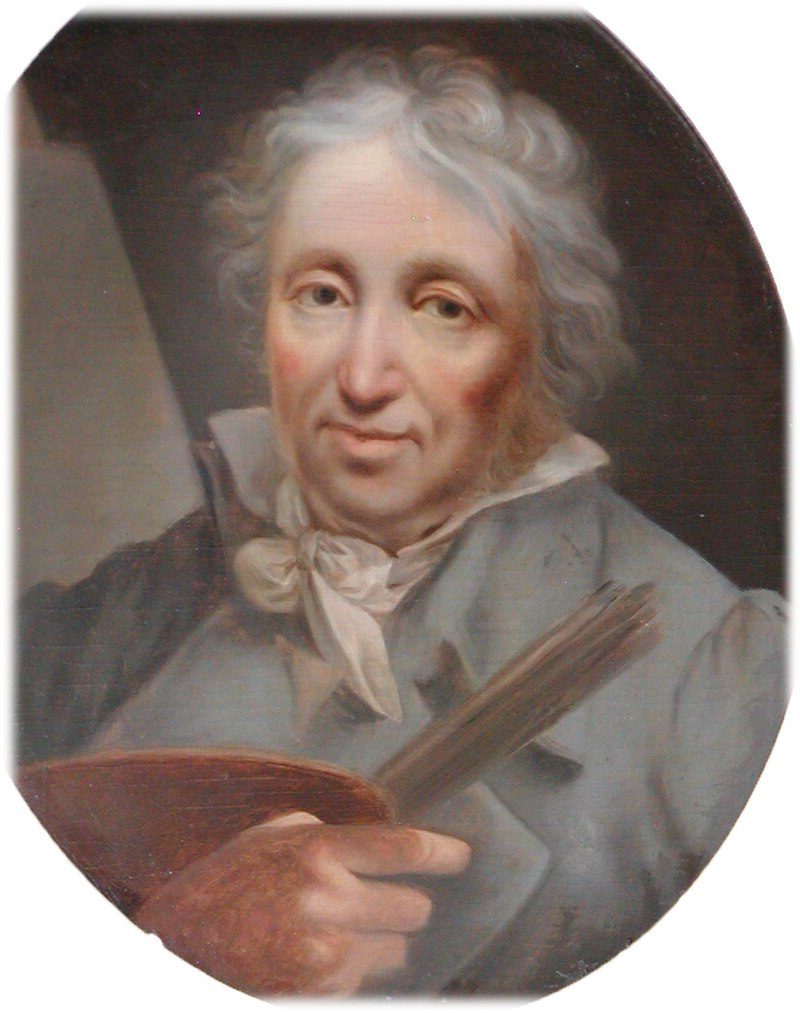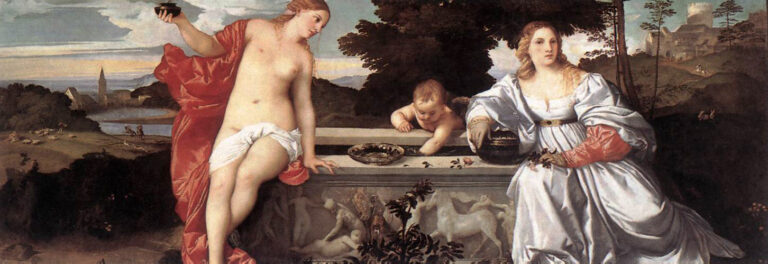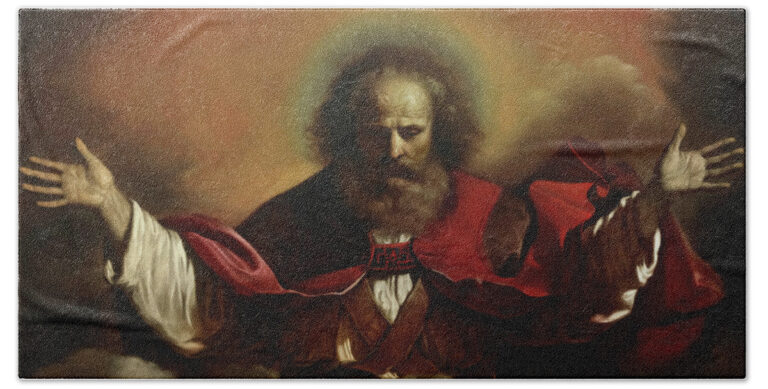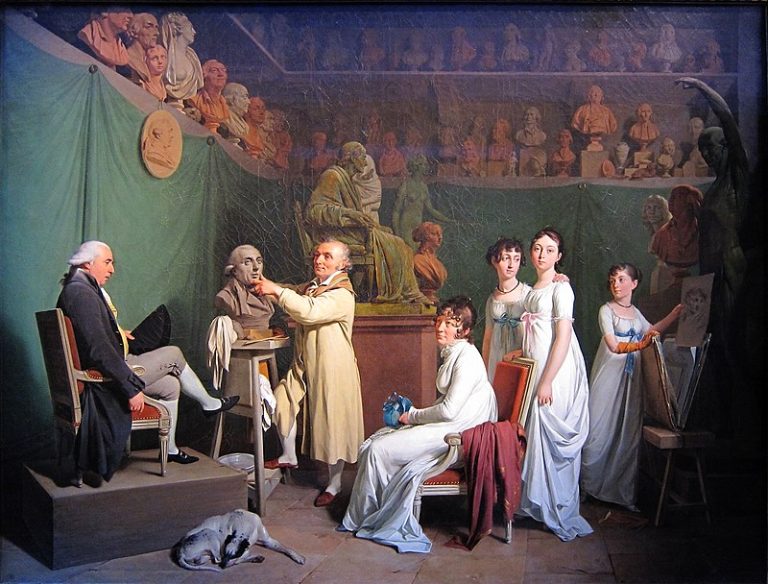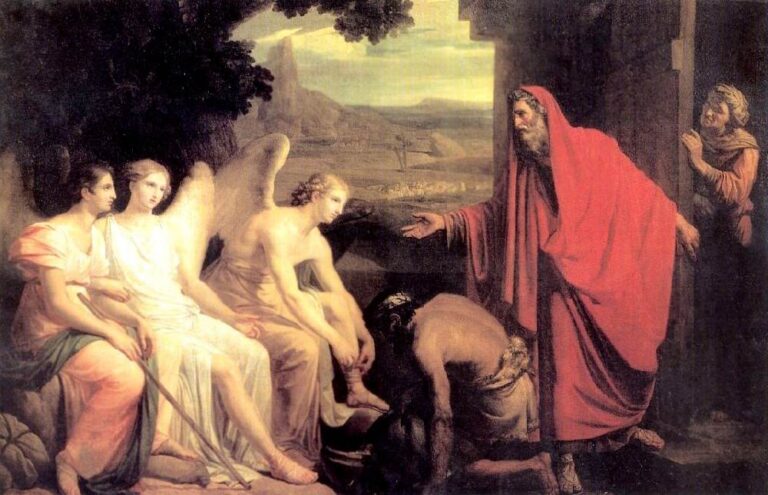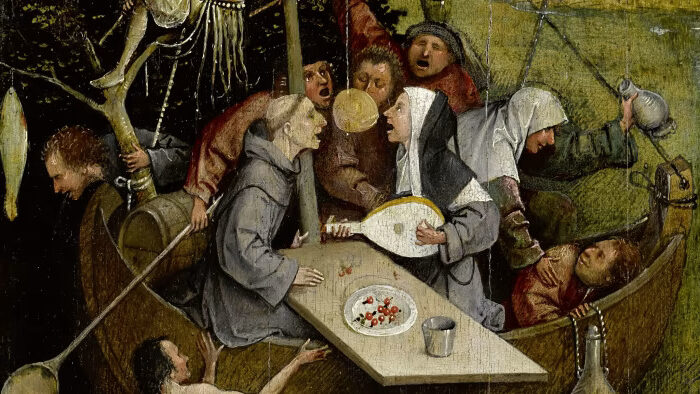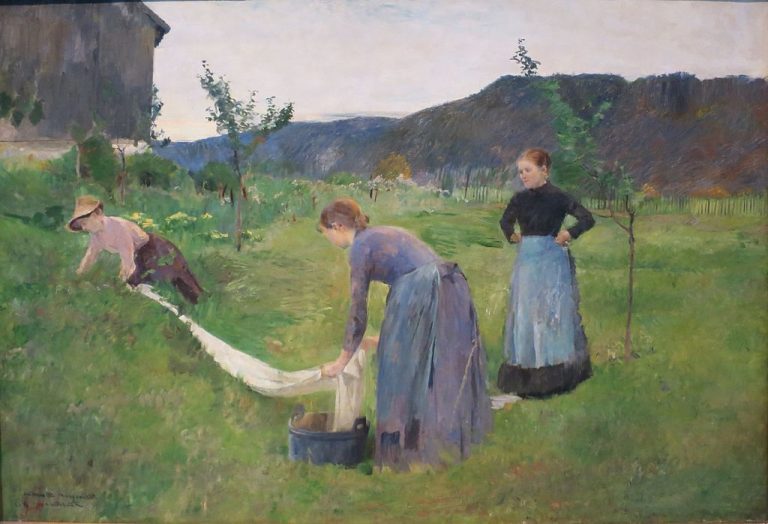Christian August Lorentzen: Painter of Danish Golden Age Landscapes
Born: 10 August 1749, Sønderborg, Denmark
Death: 8 May 1828, Copenhagen, Denmark
Art Movement: Neoclassicism
Nationality: Danish
Institution: Royal Academy of Fine Arts
Christian August Lorentzen: Painter of Danish Golden Age Landscapes
Life and Career of Christian August Lorentzen
Christian August Lorentzen was a prominent Danish painter who made significant contributions to Danish art in the late 18th and early 19th centuries. He lived from 1749 to 1828 and spent most of his career in Copenhagen.
Early Life and Education
Christian August Lorentzen was born on August 10, 1749, in Sønderborg, Denmark. His father, Hans Peter Lorentzen, worked as a watchmaker.
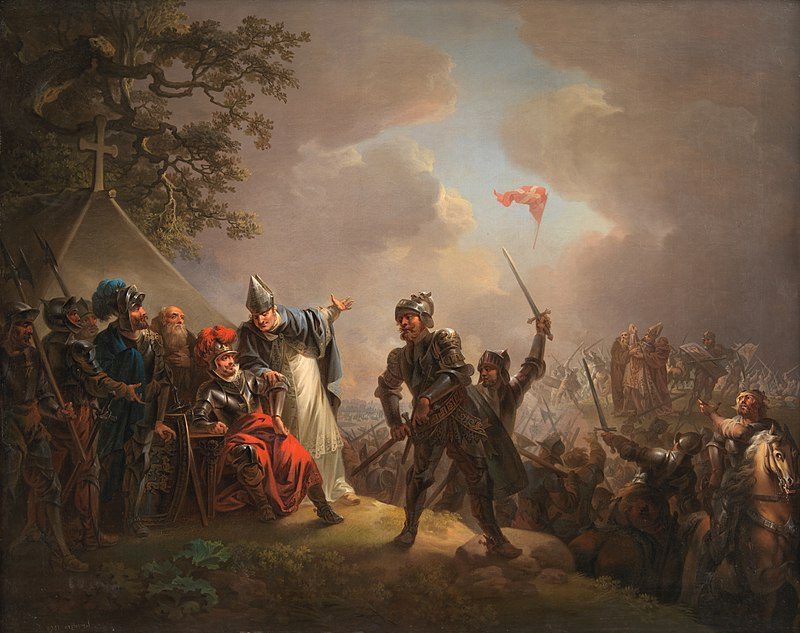
Dannebrog falling from heaven during the Battle of Lindanise (1809)
In 1771, Lorentzen moved to Copenhagen to pursue his artistic interests. He began spending time at the Royal Academy of Fine Arts.
It’s not clear if he received formal training there. Despite this uncertainty, Lorentzen quickly made a name for himself as a talented portrait painter.
Role at the Royal Danish Academy of Fine Arts
Lorentzen’s skills and reputation grew over the years. In 1803, he became a professor at the Royal Danish Academy of Fine Arts in Copenhagen. He held this position until his death in 1828.
As a professor, Lorentzen had a big impact on young artists. He taught and mentored many students, including Martinus Rørbye. Lorentzen helped shape the next generation of Danish painters through his work at the Academy.
Contributions to Danish Neoclassicism
Lorentzen’s art evolved throughout his career. He started with portraits but later expanded to other subjects. He painted landscapes, scenes from Ludvig Holberg’s comedies, and historical events.

Christian August Lorentzen
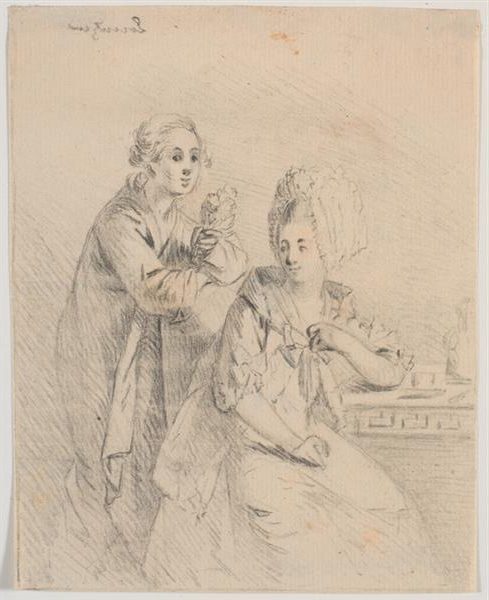
His style fit well with the Danish Neoclassical movement. Lorentzen’s paintings often showed a blend of Romantic and Neoclassical elements. This mix was typical of the Danish Golden Age of painting in the early 1800s.
One example of his work is “A Greenlandic Fisher with his Bride”. This painting shows Lorentzen’s talent for capturing both people and landscapes. It also reflects the growing interest in Nordic themes among Danish artists of the time.
Artistic Works
Christian August Lorentzen created a diverse body of work spanning portraiture, historical scenes, and landscapes. His paintings showcased technical skill and neoclassical influences.
Portraiture
Lorentzen excelled at capturing likenesses. He painted many notable Danish figures.
His portrait of playwright Ludvig Holberg hangs in the Danish Museum of National History. Other subjects included a general in uniform and a gentleman in a dark overcoat.
Lorentzen’s portraits showed attention to detail in clothing and facial features. He used a restrained color palette typical of the neoclassical style. His portraits aimed to convey the dignity and status of his sitters.
Historical and Mythological Scenes
Lorentzen tackled grand historical and mythological subjects. His painting “Slaget på Reden” depicts a naval battle from the English Wars. “Gudinden Herthes Udtog” shows a Norse goddess.
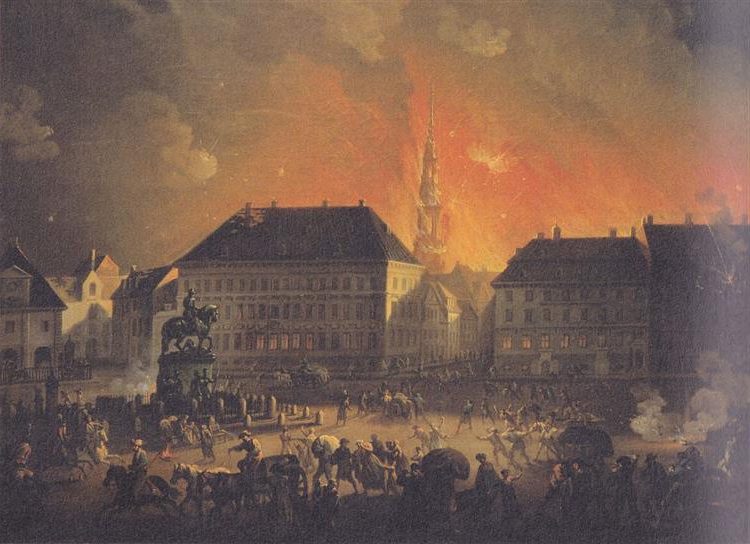
The British Bombardment of Copenhagen, Night Between 4th and 5th of September 1807
He also painted “The Most Terrible Night,” showcasing his skill with dramatic scenes. These works featured multiple figures in dynamic compositions. Lorentzen used light and shadow to create mood and focus attention on key elements.
Landscape Paintings
Lorentzen’s landscapes captured the Danish countryside and coastal areas. He painted views of Elsinore and Kronborg Castle. Some landscapes included small figures like woodcutters or horsemen to add human interest.
His landscape style blended realism with idealized elements. Lorentzen paid close attention to sky and water effects. He used soft lighting to create atmospheric scenes. These works showed his eye for natural beauty and mastery of outdoor settings.
Legacy and Influence
Christian August Lorentzen left a lasting mark on Danish art. His works influenced later artists and can still be found in major museums today.
Impact on Danish Art
Lorentzen played a key role in shaping Danish painting in the late 18th and early 19th centuries. His portraits and landscapes helped establish a distinctly Danish style.
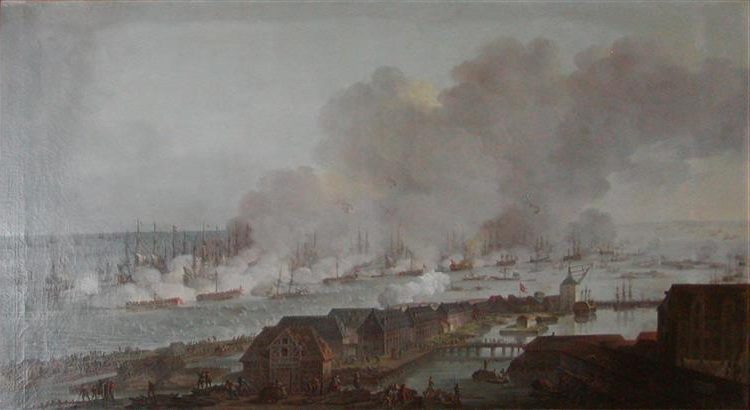
Battle of Copenhagen, 1801 by Christian August Lorentzen
Lorentzen’s paintings of everyday scenes and common people were new for the time. This approach influenced other Danish artists to focus on similar subjects.
Lorentzen taught at the Royal Danish Academy of Fine Arts. There, he trained many young painters who went on to become important artists themselves. His most famous student was Martinus Rørbye, who became a leading painter of the Danish Golden Age.
Works in Museums and Collections
Many of Lorentzen’s paintings are now in top museums.
The National Gallery of Denmark has several of his works, including “Bear Handler” and “Performers at Bakken.” These show his skill at capturing lively scenes from daily life.
His landscapes like “Prospect af Bærums Wærk” and “View Over Drammen” are in Norwegian museums. They prove his talent for painting nature. Some of Lorentzen’s portraits can be seen at royal palaces in Denmark and Sweden.
Art collectors prize Lorentzen’s paintings. His works often sell for high prices at auctions. Experts carefully check each painting to make sure it’s a real Lorentzen.
Influence on Later Artists
Lorentzen’s style and subjects inspired many painters who came after him. His focus on everyday people and scenes paved the way for later realist art in Denmark.

Frederiksholm Canal in Copenhagen (1794)
Artists of the Danish Golden Age built on Lorentzen’s interest in light and landscape.
His self-portraits, like “Autoportrait à la Palette,” showed later artists how to present themselves. Lorentzen’s portraits of women, such as “Woman with an Earring,” were admired for their gentle style. This influenced how other painters portrayed their female subjects.
Even today, art students in Denmark study Lorentzen’s techniques. His ability to capture light and mood in paintings like “Strandmøllen” continues to impress artists and art lovers alike.
Frequently Asked Questions
Christian August Lorentzen was a Danish painter active in the late 18th and early 19th centuries. He created portraits, landscapes, and genre scenes that showcase his artistic skill and style.
What are the most notable works of Christian August Lorentzen?
Lorentzen painted many portraits during his career. One of his well-known works is the “Portrait of Count Rzewuski, Polish Ambassador to Denmark” from 1789-1790.
He also created landscapes and genre paintings. “A Greenlandic Fisher with his Bride” is a painting that shows his artistic style.
How did Christian August Lorentzen contribute to the art movement of his time?
Lorentzen was part of the Danish art scene in the late 1700s and early 1800s. He became a professor at the Danish Academy of Arts in the early 19th century.
His work shows influences from both Romanticism and the Danish Golden Age. These were important art movements in Northern Europe at the time.
Can Christian August Lorentzen’s style be compared to that of Girodet or Abraham van Strij?
Lorentzen’s style was shaped by his time in Denmark and travels abroad. He visited the Netherlands, Antwerp, and Paris to improve his skills.
His work may share some similarities with other European painters of the period. More research would be needed to make direct comparisons to Girodet or van Strij.
What are the distinctive characteristics of Lorentzen’s painting techniques?
Lorentzen was skilled in different types of painting. He created portraits, landscapes, and scenes of everyday life.
His work shows attention to detail and an ability to capture the likeness of his subjects. More study of his paintings would reveal more about his techniques.
What influences can be seen in the artwork of Christian August Lorentzen?
Lorentzen’s art shows influences from his travels and the artistic trends of his time. His work reflects elements of Romanticism and the Danish Golden Age.
His time in the Netherlands, Antwerp, and Paris likely shaped his artistic style. These experiences exposed him to different artistic traditions and techniques.
How has Christian August Lorentzen’s work been received by art historians and critics?
Lorentzen was respected in his time because of his role as a professor at the Danish Academy of Arts. His paintings are now part of museum collections.
Art historians recognize his contributions to Danish art in the late 18th and early 19th centuries. More research could reveal how critics have viewed his work over time.


